Explore the deep symbolism and rugged elegance of our Triple Horn of Odin Viking Necklace. This piece is inspired by one of the most iconic symbols in Norse mythology, which represents the divine wisdom and unending journey of knowledge. The pendant is meticulously hand carved and later sand cast in Sterling silver, forming an endless connection that embodies unity, strength, and the eternal cycle of life—key elements in Viking belief and culture.
The design of this Norse necklace captures the intricate artistry and profound meanings associated with the Vikings. Each twist and turn of the interlocking horns is a testament to the craftsmanship that has been passed down through generations, echoing the deep respect the Vikings had for their gods and the cosmos. The pendant’s texture and form not only reflect the aesthetic appeal of ancient artifacts but also symbolize the interconnectedness of all things, a core aspect of Norse cosmology.
This mens necklace is not just a piece of jewelry; it is a bridge to the past, a tangible connection to the wisdom and traditions of the Viking age. Whether you are a history enthusiast, a mythology lover, or someone who appreciates finely crafted jewelry, this Viking necklace offers a perfect blend of style and substance.
Wear the Triple Horn of Odin pendant to embrace the legacy of the Vikings and to honor the timeless values of strength, unity, and endless knowledge. Let this Norse necklace be a symbol of your journey and a reminder of the eternal connections that shape our lives.
Triple Horns of Odin
The symbol known as "Odin's horns," or the "Triple Horns of Odin", is three interconnected horns, often associated with the story of the mead of poetry and Odin's quest to drink it.
It has two possible designs, one found on the Snoldelev Stone, where the horn tip overlap in the middle, or the more common modern design, partially similar to the symbol found on the rune stone known as "Lillbjärs III", where the point of the horns radiate outwards.
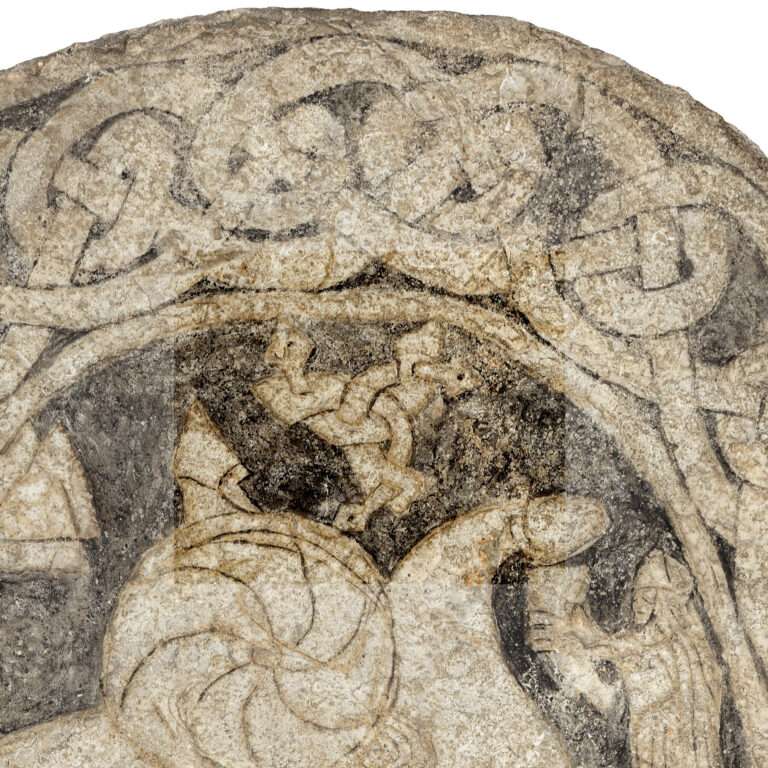
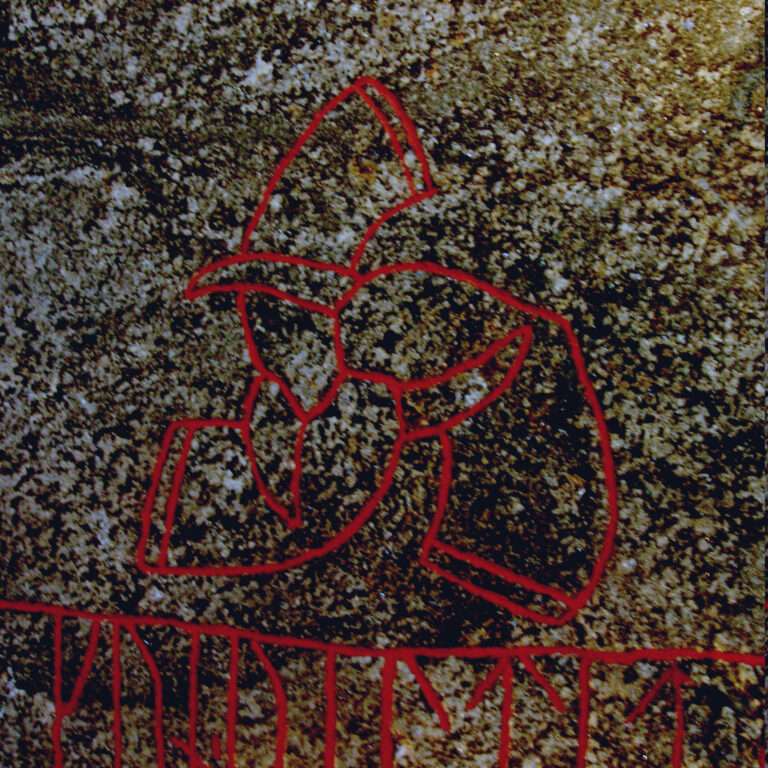
In Skáldskaparmál it is attested that the two groups of Gods in old Norse mythology, the Æsir and the Vanir, were at war but came to the agreement to make peace. The symbol of this peace was a vessel which both groups spat into. Since the gods did not want the symbol of this peace to go to waste they created the being Kvasir from the spit in the vessel. Kvasir was very wise wise and one could not ask him a question he did not know the answer to. And he would travel around the world in an attempt to educate humans. However, one day he was invited into the home of two dwarves, Fjalar and Galar, who killed him and drained his blood into three objects, one pot called Óðrerir, and two vats called Són and Boðn. They then mixed the blood with honey and created a mead that would make anybody who drank it a poet or scholar, know colloquially as "The Mead of Poetry". The mead would eventually be given to Suttungr, a giant, as the compensation for the death of his parents at the hands of Fjalar and Galar. It lastly ends up in the hands of Odin after he works for Baugi, Suttungr's brother, in exchange for a sip of it, but when Suttungr eventually denies him a sip, Odin steals it all, bringing it back to the other Gods.
A common belief is that the symbol might reflect the three vessels which the mead of poetry was stored. However, the connection between the symbol and poetry might go deeper than this. For example, the Snoldelev Stone refers to Gunnvaldr who is the "þulaʀ á Salhøgum", translated as "the thyle of Salhaugar". A thyle - deriving from the old English word þyle meaning orator, or the old Norse þulr meaning a sage, a poet or wise-man - is believed to have been either a historian or some sort of skald in the service of a king. The symbol is therefore very likely directly related to wisdom and poetry.
For the Vikings, possessing skills in poetry and oration was highly esteemed, reflecting a person's intellect, eloquence, and social standing. Skalds and those with poetic or intellectual gifts were believed to have been blessed with a sip from the mead, a special gift handed down from the gods themselves. As such, Odin's horns symbolize the pursuit of knowledge and the importance of wisdom. Based also on the story from which the symbol derives the interconnected horns represent not only the physical containers of mead but also the trials and sacrifices associated with the pursuit of knowledge and the poetic arts.
Deriving also from story of Kvasir, the symbol will have an equally strong interpretation related to the building of bonds and peacemaking, a context in which mead played a pivotal role to the Vikings. When rival clans sought to resolve disputes or solidify alliances, they often shared mead in a ceremonial manner, symbolizing the restoration of harmony and mutual respect. The act of drinking mead together, usually from a common vessel, served as a binding contract, an unspoken agreement to bury past grievances and forge a new, peaceful relationship. Odin's horns this way also become a strong symbol of peace building and interconnectedness.
Wearing Odin's horns is an aspiration to the qualities of wisdom, creativity, and articulate expression, signifying a journey towards enlightenment and understanding. It also embodies the concept of unity and the resolution of conflict, representing a personal or communal commitment to resolving disputes, building harmonious relationships, and fostering a collective sense of security and mutual respect.

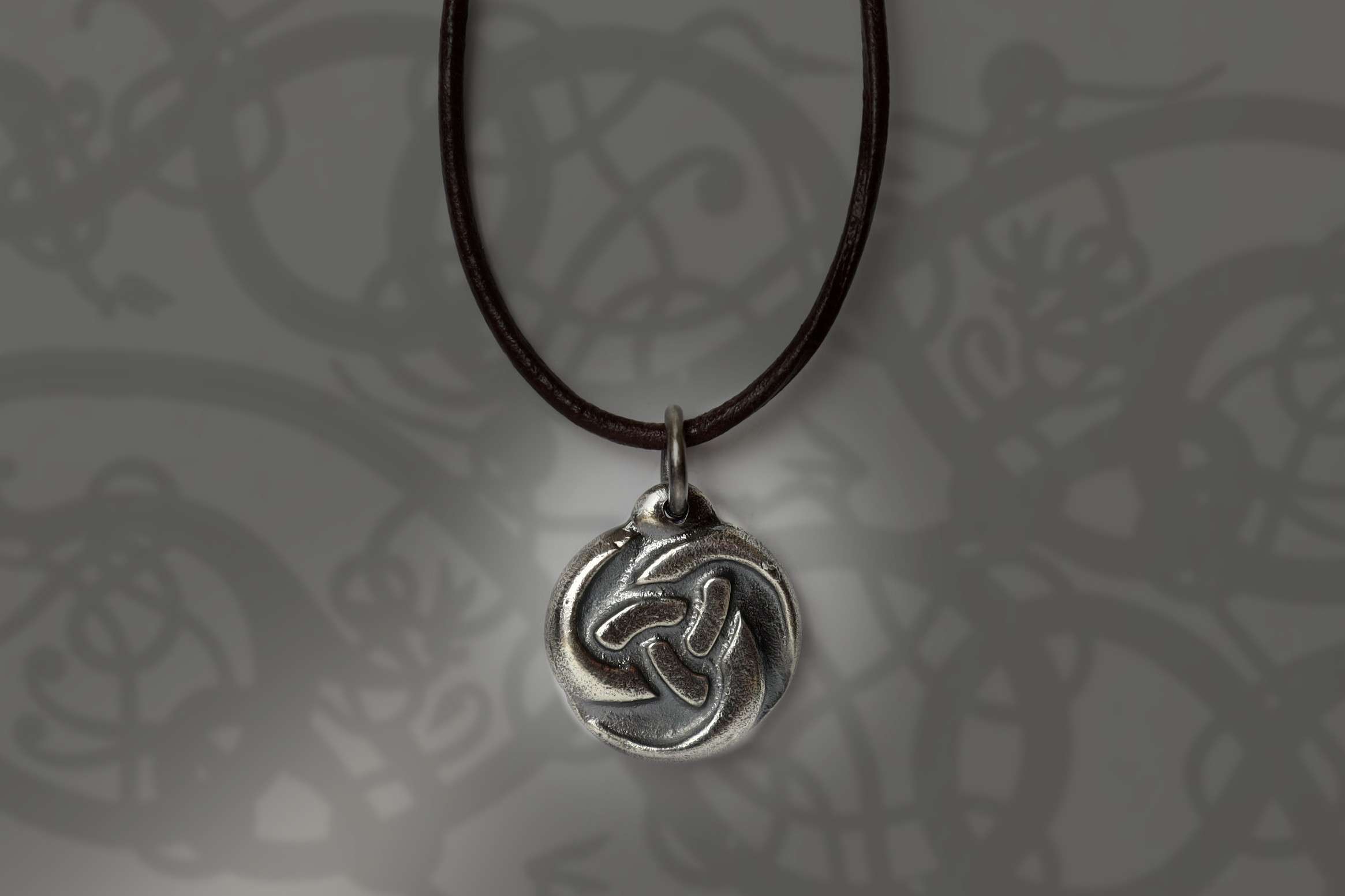
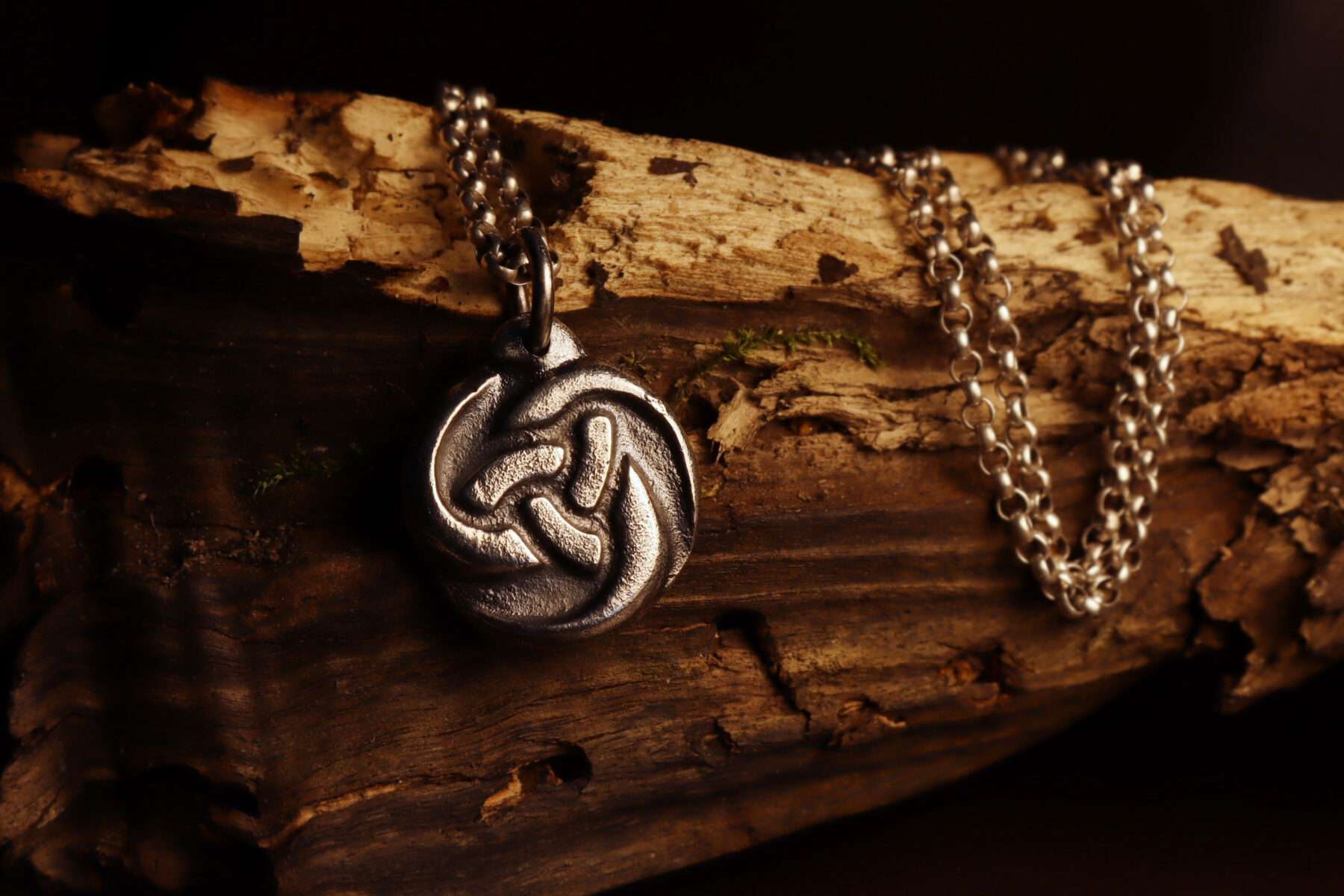
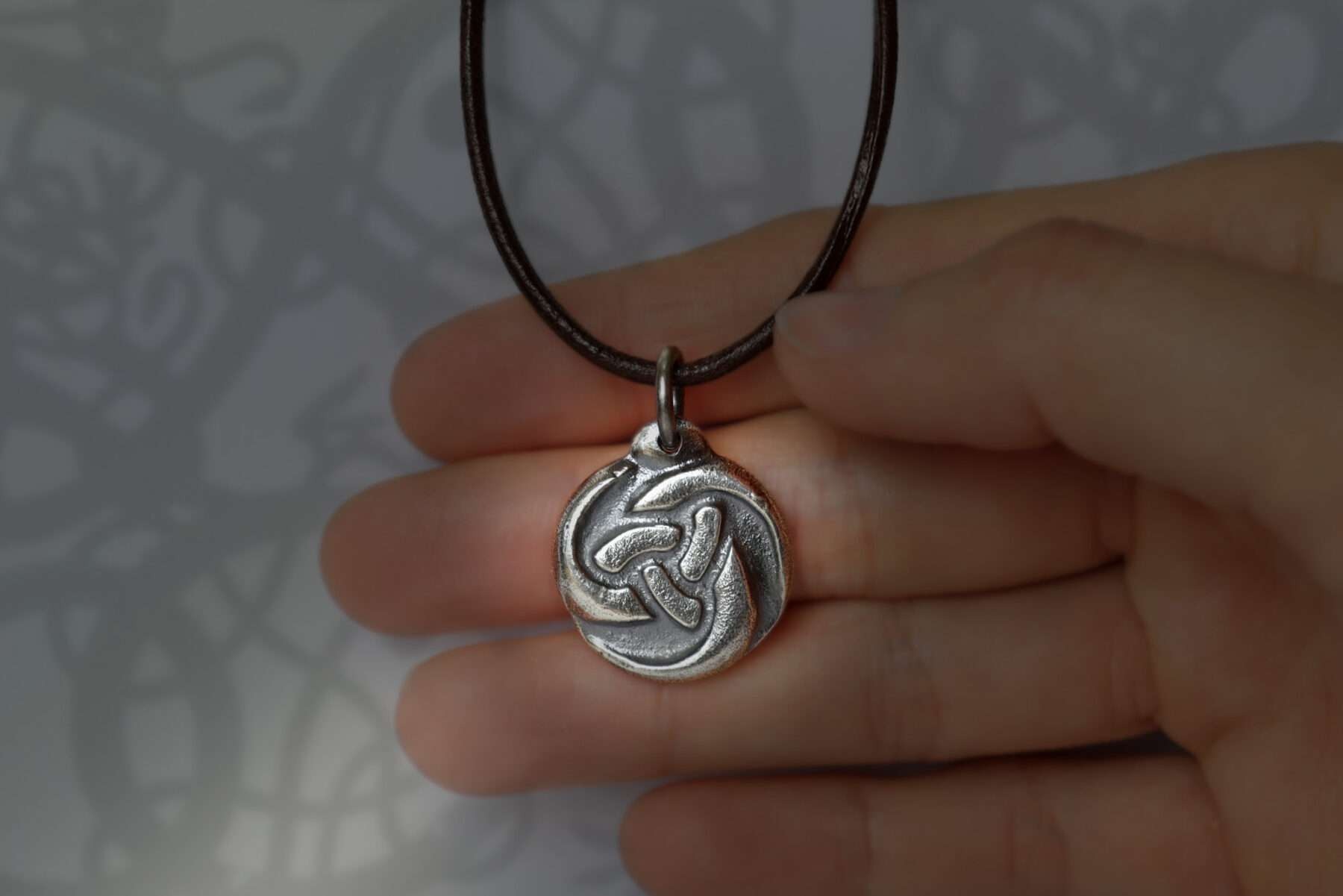
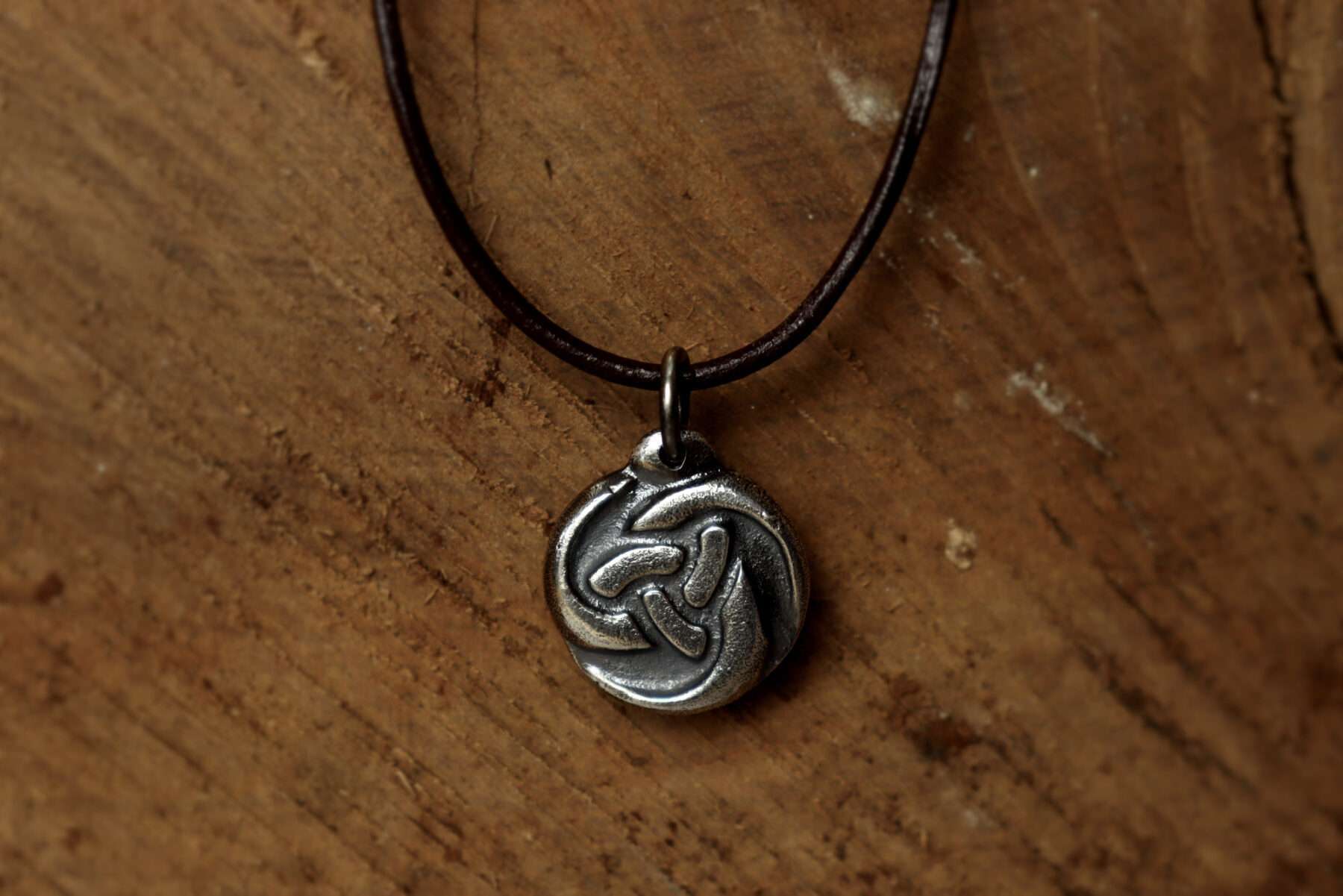
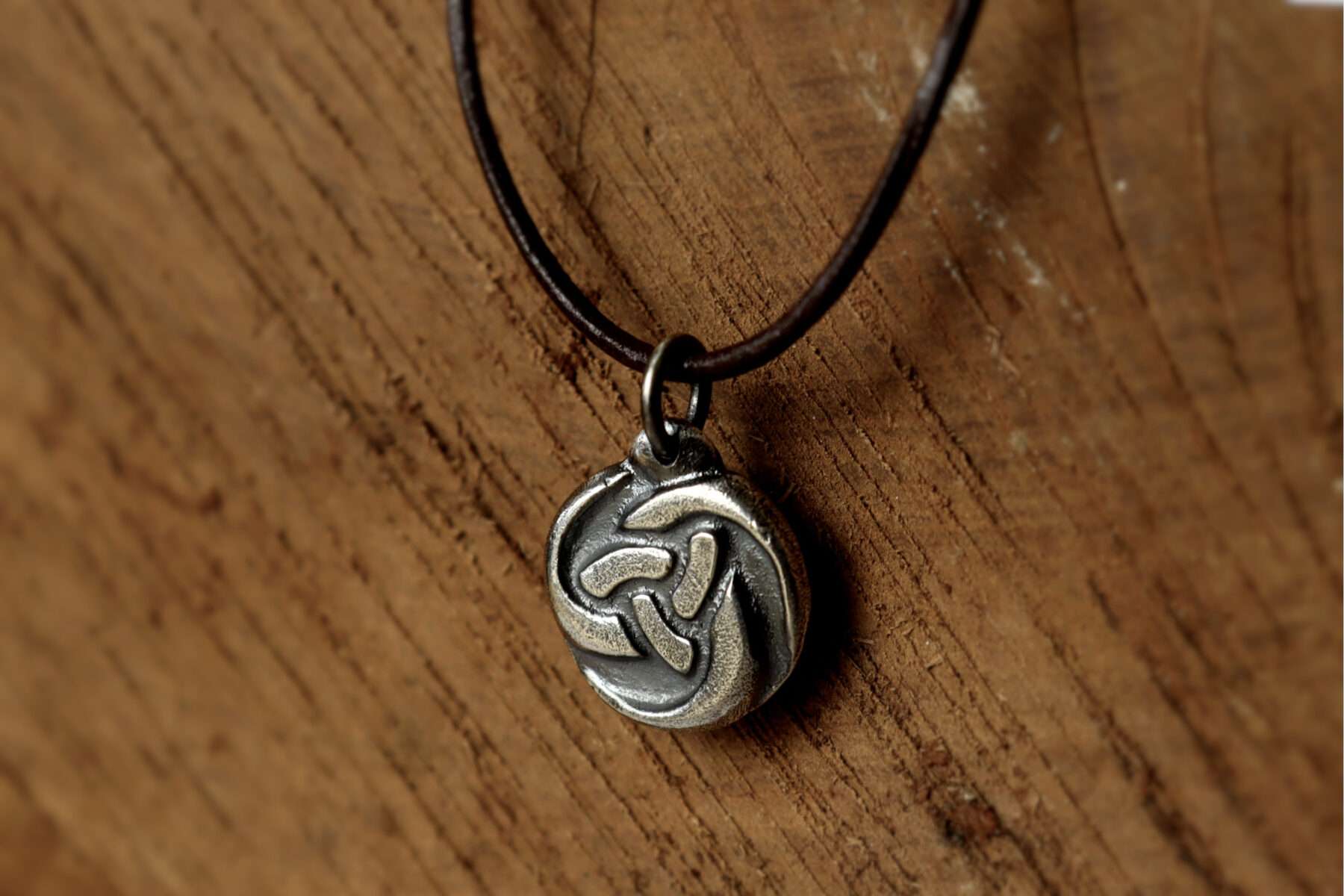
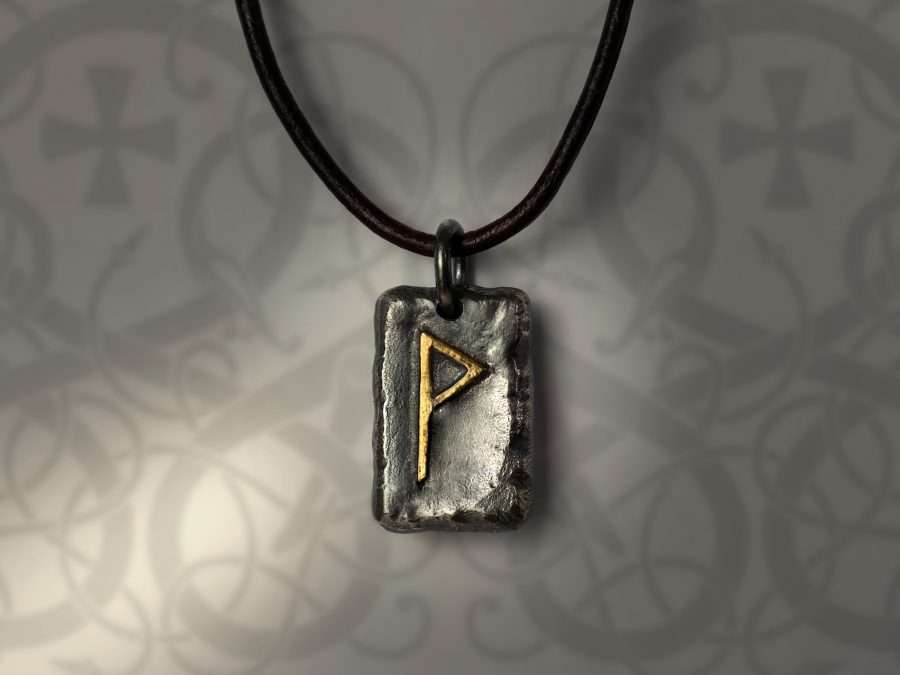


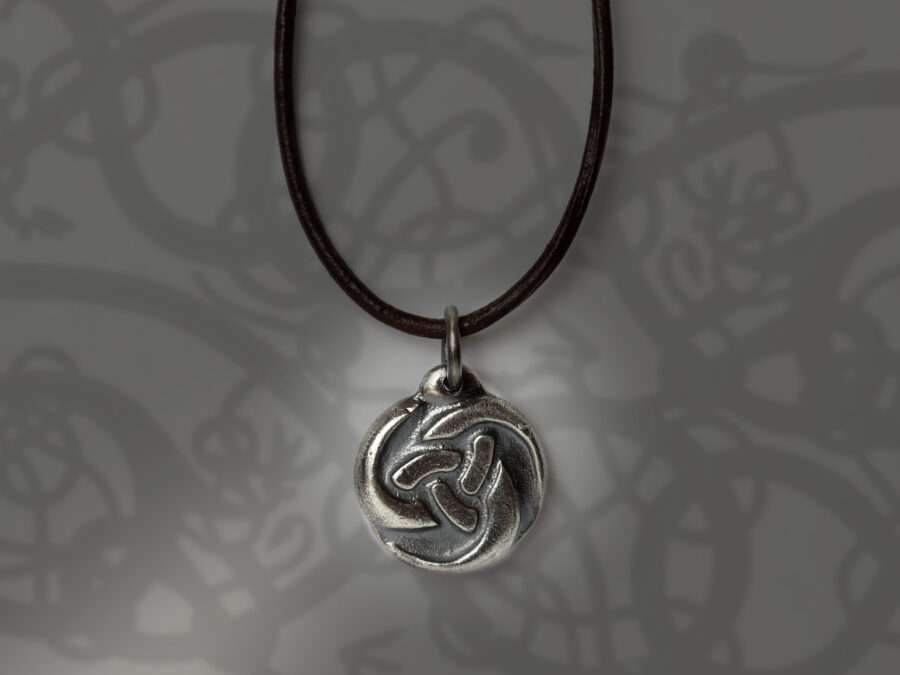
Reviews
There are no reviews yet.